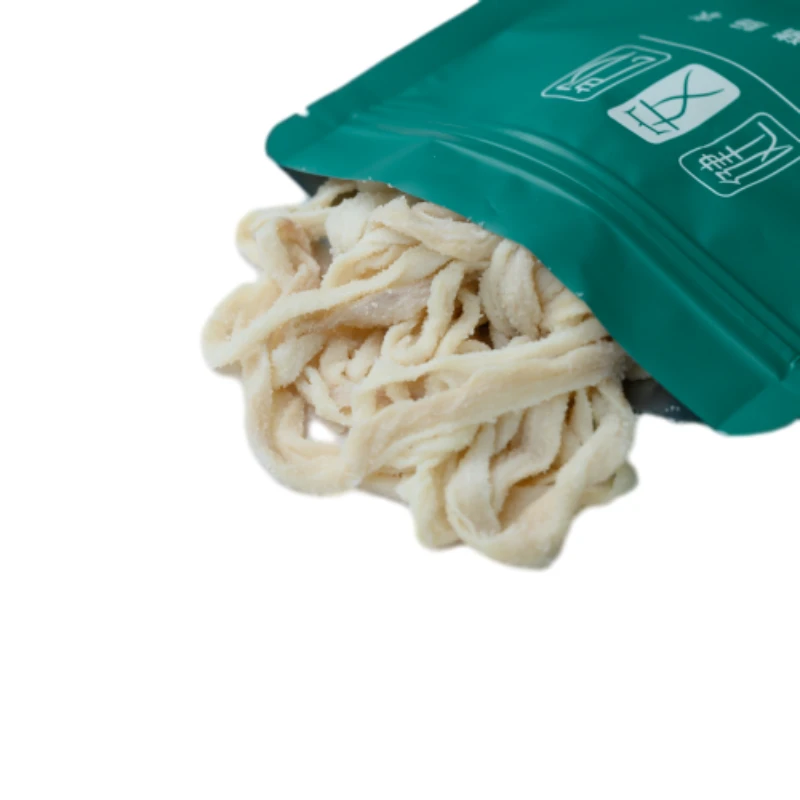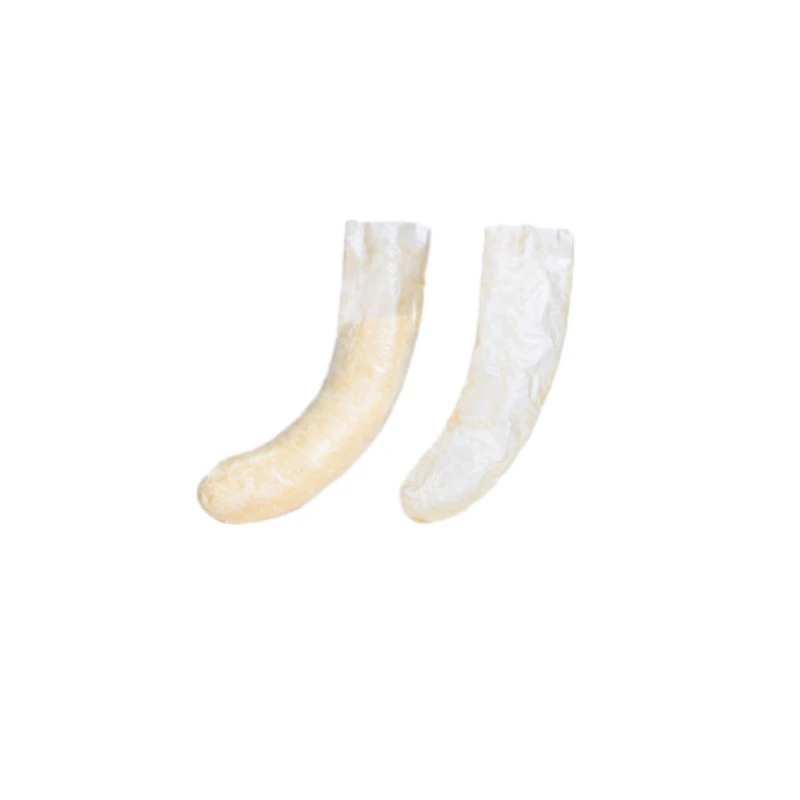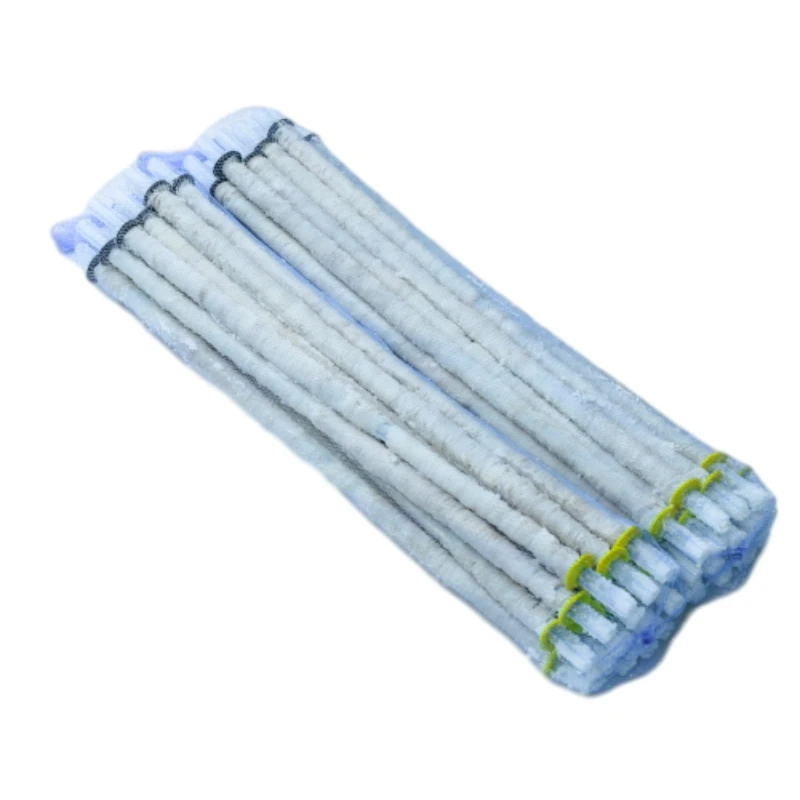The use of quality natural casings represents one of the most time-honored traditions in the craft of sausage making, serving as both a functional vessel and a critical contributor to the sensory characteristics of the final product. These remarkable biological membranes, derived primarily from the intestinal tracts of animals, have been perfected through centuries of butchery practice to create sausages with unparalleled texture, appearance, and cooking performance. The journey from raw intestine to premium sausage casing involves a series of carefully controlled processes that preserve the casing's natural properties while ensuring food safety and optimal performance during sausage production.
Premium natural casings begin with rigorous selection of source materials, where factors such as animal breed, diet, and age all contribute to the eventual quality of the casing. The most valued casings come from animals raised under controlled conditions, as this ensures consistent thickness and structural integrity. Upon harvesting, the intestines undergo an exacting cleaning process that removes all residual matter while preserving the delicate collagen matrix that gives natural casings their characteristic strength and elasticity. This cleaning typically involves both mechanical and manual techniques, with skilled workers carefully inspecting each length of casing for imperfections or weak spots that could compromise performance during stuffing.
The preservation method employed plays a crucial role in maintaining casing quality. Traditional salt-curing remains the gold standard, where food-grade salt draws out moisture while creating an environment inhospitable to bacterial growth. High-quality producers use precisely measured salt concentrations and controlled temperature conditions during this curing process to ensure the casings retain their natural flexibility and strength characteristics. Some premium casings undergo additional processing steps such as bleaching or vinegar treatments to achieve specific visual or textural qualities desired for particular sausage varieties.
When prepared for use in sausage production, quality natural casings demonstrate remarkable functional properties that synthetic alternatives struggle to replicate. Their unique combination of strength and elasticity allows them to withstand the pressures of mechanical stuffing while accommodating natural variations in filling density. The semi-permeable nature of the collagen structure permits optimal moisture exchange during cooking and smoking processes, contributing to proper texture development and flavor concentration. This permeability also enables the formation of that highly prized "snap" - the audible crack and textural resistance when biting into a properly cooked natural casing sausage.
The handling of natural casings during sausage production requires specific expertise to maximize their potential. Prior to stuffing, the salted casings must be carefully rehydrated in temperature-controlled water baths, with soaking times precisely calibrated to restore flexibility without making the casings too fragile. Experienced sausage makers develop an intimate understanding of how different casing types behave under various conditions, adjusting their techniques based on factors like casing diameter, thickness, and the specific sausage formulation being used. This knowledge becomes particularly important when working with more delicate casings such as sheep varieties, where the margin for error is considerably smaller than with robust hog casings.
Quality natural casings exhibit several distinct advantages during the cooking process. Their collagen structure reacts predictably to heat, tightening around the sausage contents to create that characteristic taut appearance while allowing for proper fat rendering. The casings' natural porosity facilitates even smoke penetration in smoked varieties and promotes uniform browning when grilled or pan-fried. Perhaps most importantly, they create a protective barrier that maintains the sausage's moisture balance, preventing the excessive drying that can occur with inferior casings or caseless formulations.
The visual appeal imparted by natural casings contributes significantly to the artisanal quality of handmade sausages. Unlike the uniform appearance of synthetic casings, natural varieties display subtle variations in color and texture that signal authentic craftsmanship. These visual cues, along with the slight irregularities in size and shape that occur naturally, have become markers of quality that discerning consumers actively seek out in premium sausage products.
Modern quality control measures have elevated natural casing production to new levels of consistency and safety. Reputable suppliers now implement rigorous testing protocols for parameters such as tensile strength, diameter consistency, and microbial counts. Advanced packaging techniques, including vacuum-sealed brine solutions and controlled atmosphere packaging, have extended shelf life while maintaining the casings' functional properties. These improvements have made high-quality natural casings more accessible to small-scale artisans while meeting the exacting standards of large commercial producers.
The continued preference for natural casings among master sausage makers speaks to their irreplaceable role in creating products with authentic texture and eating quality. While requiring more skill to handle than synthetic alternatives, the results achieved with quality natural casings justify the additional effort for producers committed to excellence. From the initial selection of raw materials through the final cooking process, natural casings interact with the sausage mixture in ways that fundamentally enhance the culinary experience, maintaining a tradition of quality that has endured for generations.






